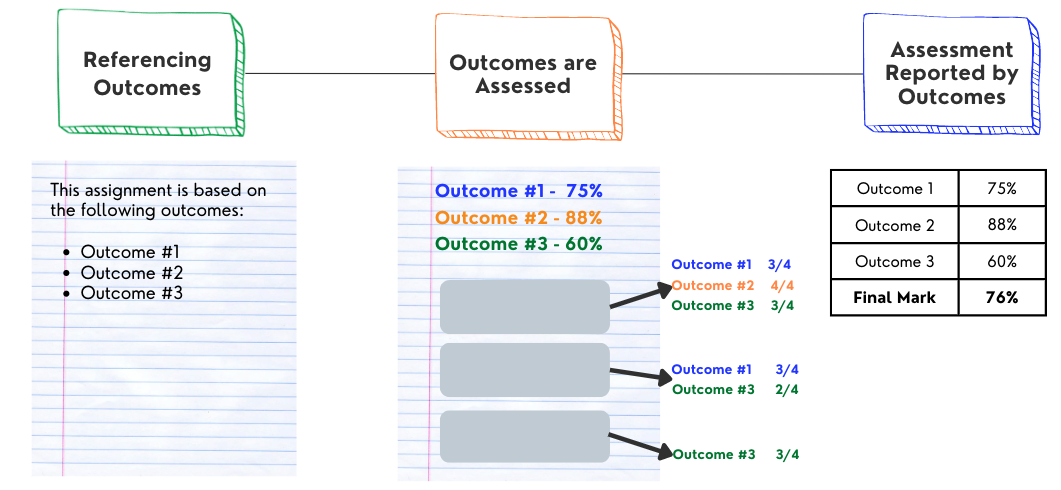Catching a Falling Star or Lost in Outer Space? That’s what feedback is for!
By Carolyn Hoessler
What would it be like to wait for 31 months before finding out if you were on your way to success or have burst into flames? The European Space Agency had such a wait to hear how its Rosetta space mission to study a comet is going, hearing this week for the first time from their spacecraft that had finally travelled close enough to the sun to have solar power to wake up.
 In comparison most 4-year undergraduate programs are 32 months (e.g., September 2013 to April 2017 not counting summers) – a long time to wait for student feedback on their orientation and first year experience.
In comparison most 4-year undergraduate programs are 32 months (e.g., September 2013 to April 2017 not counting summers) – a long time to wait for student feedback on their orientation and first year experience.
Most courses last just over 3 months for a one-term course, still a long time to wait for feedback on whether all students can see the screen or hear your voice, something determinable in the first 5 minutes of lecture.
Why bother?
So why should we bother with feedback? Ever get mid-way through a term unsure of how it is going but plow ahead anyways? Ever been surprised by students’ ratings at the end of the year?
Feedback from our students about our course (or our program) at regular intervals can help us adjust mid-flight to correct for any variations in students, class timing, room layout, course materials etc. The feedback can help with requesting changes to the room, suggesting topics that require additional review, or offering ideas for new approaches to the material.
How?
While the European Space Agency may have had no choice but to wait for their comet-chasing spacecraft to signal back, students are generally around September to May and willing to provide feedback on their learning experiences for their own sake and for the sake of the next cohort.
- Quick: Ask students through a show of hands (or clickers if used in the class) who can clearly see the font on the screen? Are all hands up?
- In Depth: Want more detailed and anonymous data, we at the GMCTE are happy to come by to survey students in class, facilitate a focus group or provide our own observation (all confidential). We can also help with surveys, focus groups, and other methods for program review too. Carnegie Mellon University’s resources describes Focus Groups with students as “particularly effective for identifying agreement across a group and for eliciting suggestions for improvement…[and] much more flexible”
- In the Middle: Have a one-minute questionnaire to be answered and dropped off as students leave, such as “What can be improved? What helps my learning?” or “Something I learned today? Something I am not sure about?”
More resources and examples are available about feedback on courses http://www.usask.ca/gmcte/resources/assessment/teaching or program curriculum http://www.usask.ca/gmcte/resources/curriculum_cycle/step-2-inventory
This new term has launched and our courses have cleared the start-up atmosphere, and are settling into orbit. Curious if your course is on the right trajectory? Now is the time to get feedback.
Contact us at gmcte@usask.ca or see our Website.
Photograph courtesy of the European Space Agency.


